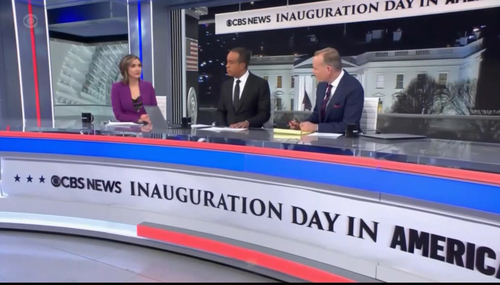
Here's one way to convince the public that ObamaCare is increasing in popularity: only tout the polls that support that contention. Ignore ones that don't.
That's what many in the media are doing this week, as they hype a poll from the Kaiser Family Foundation showing that only 26 percent of the nation wants ObamaCare repealed. Poll results released by Rasmussen on the same day, however, show that 57 percent favor repeal.
A number of media outlets have touted Kaiser's poll - which used a sample skewed 15 points in favor of self-identified Democrats - while ignoring Rasmussen's findings. Both polls' findings were released on Monday.
ABC News hyped the Kaiser results in two online articles, one about GOP efforts to repeal the law, the other on Delaware Senate candidate Christine O'Donnell's efforts to spur Republicans to a whole-hearted repeal effort. USA Today, MSNBC, and NPR all touted the poll's numbers concerning repeal in pieces generally focusing on other elements of the poll.
The Atlanta Journal-Constitution's Cynthia Tucker, on the other hand, took Kaiser's repeal numbers and ran with them. Tucker blared the 26 percent number in the headline of a blog post. "Not so fast," she told Boehner and other Republicans pushing repeal. Though the "relentless disinformation campaign by Republicans" had confused voters, Tucker claimed, clearly a majority does not favor repeal.
Neither Tucker nor virtually any other reporter at a major news outlet even mentioned Rasmussen's poll, which found that a sizable majority do, in fact, favor repeal. Neither did those who cited the Kaiser poll mention that the partisan imbalance in the survey sample. Fifty-one percent said they are Democrats or lean Democratic, while only 36 percent said they were Republicans or leaned Republican.
The 15-point split is five times greater than the discrepancy in party identification nationally, according to Gallup (findings include "lean" ID's as well).
It stands to reason that a sample skewed so far towards one side would inflate support for positions held by that side. Beyond support for repealing the law, other findings reflect that imbalance.
For instance, 42 percent of Kaiser respondents said the country will be better off due to ObamaCare. Thirty-four percent said it would be worse off. In Rasmussen's poll, on the other hand, 36 percent said it would be good for the country, while 51 percent said it would be bad.
Kaiser surely did not seek out a sample skewed so far towards the Democratic Party. But the sample is not, as they claim, fully representative of the nation. Again, Gallup, which tracks party identification numbers, finds that as of this month, Democrats enjoy a three-point advantage over Republicans in party ID.
But even among respondents who self-identified as belonging to one party - i.e. not including those who lean to one side or the other - there was a 12-point gap between Democrats and Republicans in Kaiser's sample.
It is possible to weigh results so as to account for the discrepancy in party ID, but nowhere on the poll's webpage, in the detailed summary of its findings, or in its methodology does Kaiser suggest that it compensated thusly.
Yet many in the media have chosen to trumpet Kaiser's findings unquestionably - without offering other results that call those findings into question. At the very least, these media could note the dramatic imbalance in Kaiser's sample. As it is, they are presenting a skewed image of public opinion, one skewed - surprise! - decidedly towards the Democratic position on the issue.




